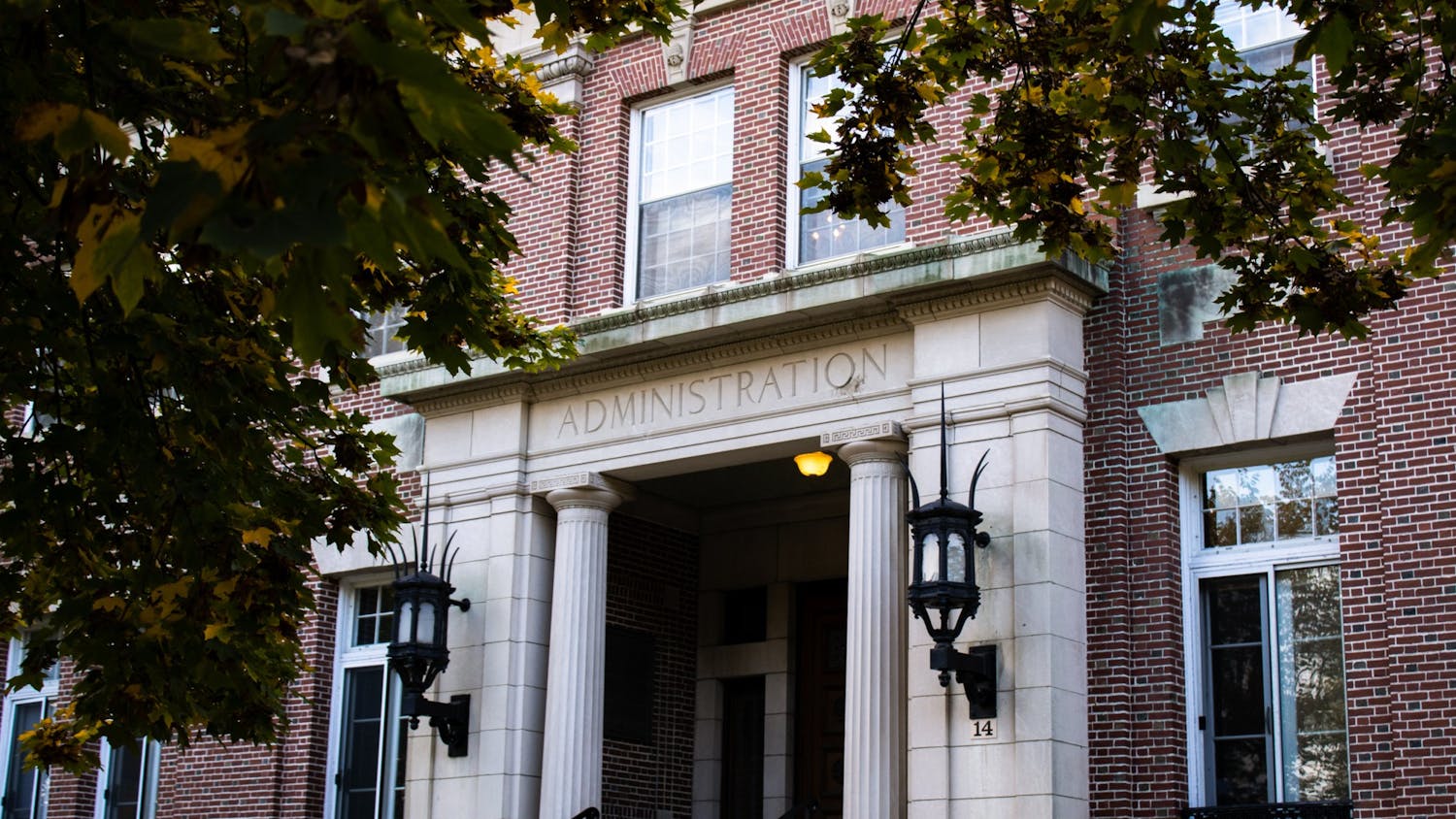By the Monday night deadline, over 750 students had applied for a spot in one of the College’s living learning communities, a housing option for students seeking to live with peers who share a certain passion or interest. Students could opt to join an established affinity community, participate in one of three new programs or design their own. The programs being launched this fall include an entrepreneurship community, a global village and an LGBTQ affinity house.
Fourteen groups of 15 or more students applied to design their own communities, with themes ranging from river conservation to political pragmatism. Students applying for the design-your-own option chose a faculty or staff advisor, and once selected, will receive activity funding.
Katharina Daub, assistant director of residential education for living learning programs and academic initiatives, said she was pleased with the program’s initial response. Daub said she had expected only five or six groups to apply for their own communities.
The office of residential life originally planned to approve three or four proposals, Daub said, but is now considering approving up to seven.
Aside from the design-your-own communities, there are around 300 spots open in the other communities, which include gender-neutral housing, language floors and affinity houses. This fall, five language floors will reside in the McLaughlin residential cluster to create a global village community. Three existing language floors — French, Italian and Arabic — will join the new Japanese and Portuguese language floors to create the community.
Triangle House, an affinity house for LGBTQ students and allies, and the DEN in Residence, a community for students involved with the Dartmouth Entrepreneurial Network, will also start next year.
Daub cited success at other colleges, as well as the desire to improve students’ academic experience, as reasons behind the initiative.
“This is a liberal arts college — we want to learn with, and from, each other, and this is another chance to make that happen,” she said.
Students accepted to the design-your-own communities program will receive a floor for the fall. Continuation of each program will depend on whether students complete their proposed program, Daub said.
Chase Mertz ’15, who hopes to reside in a design-your-own community, proposed a “political pragmatism” floor with economics and public policy professor Charles Wheelan. Mertz said he hopes that the floor will hold weekly meetings, screen movies and host speakers.
If the community continues for the next two years, Mertz intends to create programming around the next presidential election.
Mertz said he has found 22 students to join him. The process, he said, was difficult due to the uncertainty involved with the program. Rising sophomores and juniors, he added, were excited to join so that they could improve upon poor room draw numbers.
Michael Baicker ’17 applied to create a community centered on river conservation with environmental studies and geography professor Chris Sneddon. The floor would study conservation, local ecology and water quality. Next spring, Baicker added, the group would complete river fieldwork and hold dinner discussions.
Baicker said he hopes to get funding for a trip to Wilder Dam and to host conservation-themed film screenings.
While the community will mostly consist of rising sophomores, Baicker said that there are members from every class.
While students may try to “game the system” and attempt to create a community simply to have better housing, Baicker said, it will be easy to weed these applications out because they will be less thorough.
Avery Feingold ’17 tried to create a community focused on comedy, but said he did not apply when there was not enough general interest. He noted that he didn’t leave himself enough time to find enough like-minded undergraduates, pointing to other factors that he said made applying to the program difficult.
“It’s hard to get people to commit to these communities if they hadn’t even been thinking about housing yet,” Feingold said. “It’s also hard to find a faculty advisor if your focus is somewhat off the beaten path.”



